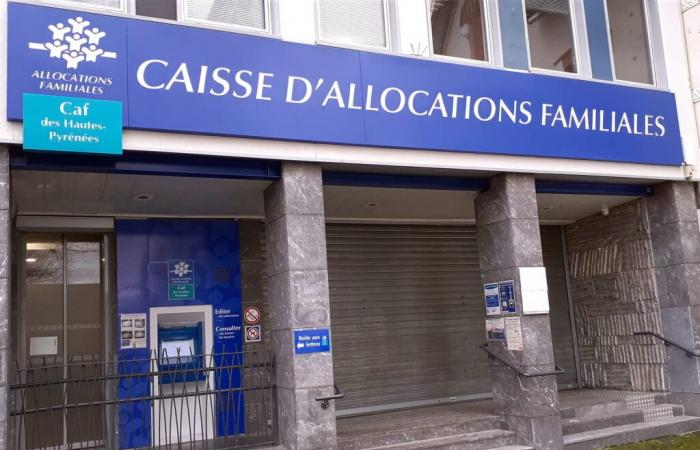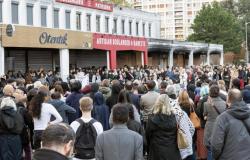According to INSEE, 57% of people in France benefit from financial aid and public services. The remaining 43% therefore finance the system more than they benefit from it.
France is one of the countries where social protection is most developed. Behind this statement lies a complex redistribution mechanism: beyond direct financial benefits such as family allowances or RSA, it includes access to public services such as education and health, but also collective infrastructure such as roads. or security.
INSEE, through its Analyzes study n°88, quantified this broader redistribution including classic monetary transfers but also all public services.
This approach reveals that 57% of people in France are net beneficiaries of monetary transfers and public services. And therefore 43% are “losers”: they finance the system more than they benefit from it
Family composition plays a determining role in this equation. The French system recognizes that charges vary significantly depending on the size of the household and therefore the net contribution adapts to the number of people in the household.
So, what are these amounts beyond which we become a “loser” in the French social system? Let's first look at households without children. For a single person, the threshold is 2,700 euros gross per month (32,500 euros gross annually). A couple without children earns 4,050 euros gross per month (48,750 euros gross per year).
With one or more children, the amounts change radically. For a single person with a child, it is 3,500 euros gross monthly (42,250 euros gross annually). For a couple with a child, the threshold is set at 4,900 euros gross monthly (58,500 euros gross annually). For a couple with two children, the threshold reaches 5,700 euros gross monthly (68,250 euros gross annually). And for a family with three children, it rises to 6,500 euros gross monthly (78,000 euros gross per year).
The income taken into account is not limited to salaries. It also concerns the income of the self-employed, income from assets and other income such as alimony. These are the amounts observed in 2019 on which the INSEE study, although recent (it dates from 2023), is based. Obviously, these thresholds represent national averages and can vary depending on geographic location and the actual use of public services in particular. It should also be noted that since 2019 the aid and tax thresholds have evolved and that inflation has been there.
To arrive at these amounts, we identified in the INSEE study that the tipping point between beneficiaries and net contributors to the redistribution system is around the 50-55th percentile, i.e. the 45%-50% of people earning the most. This gives an income of 32,500 euros per “consumption unit” in 2019. Knowing that INSEE counts 1 consumption unit (UC) for the first adult in a household, 0.5 UC for other people aged 14 years or over and 0.3 CU for children under 14, we carried out the multiplications corresponding to the composition of each household. We carried out these calculations using only children under 14 years old in our simulations.






